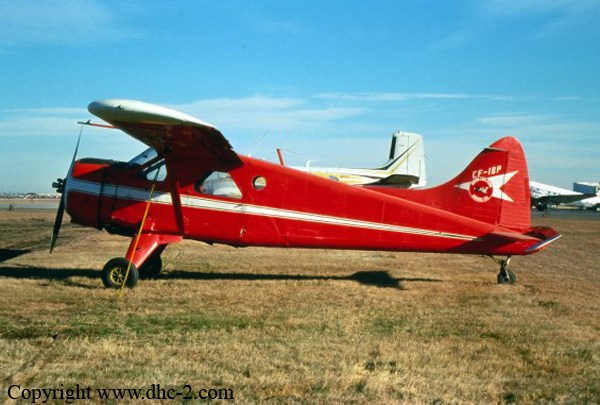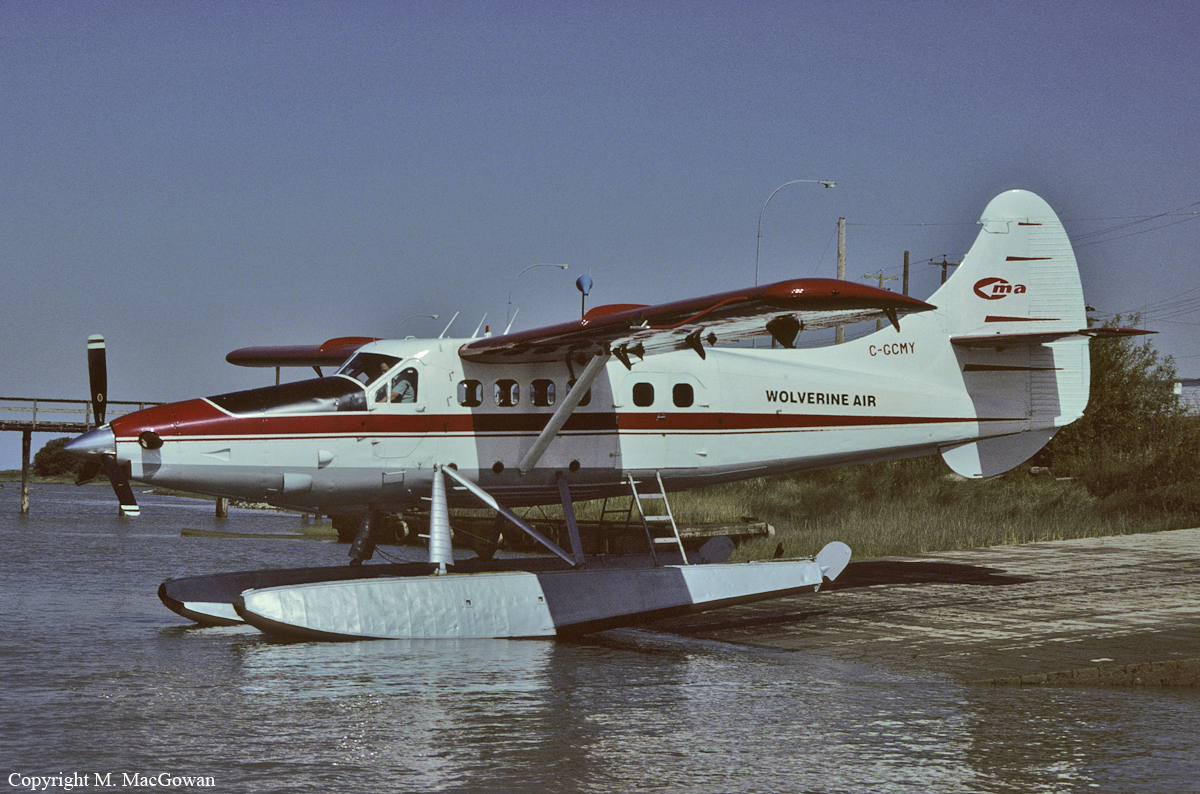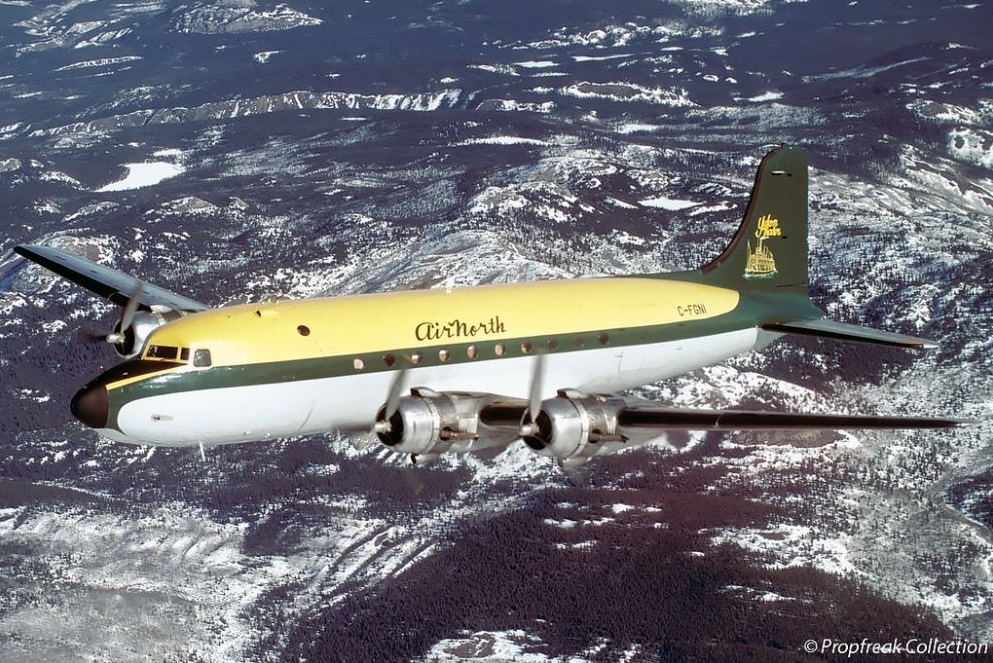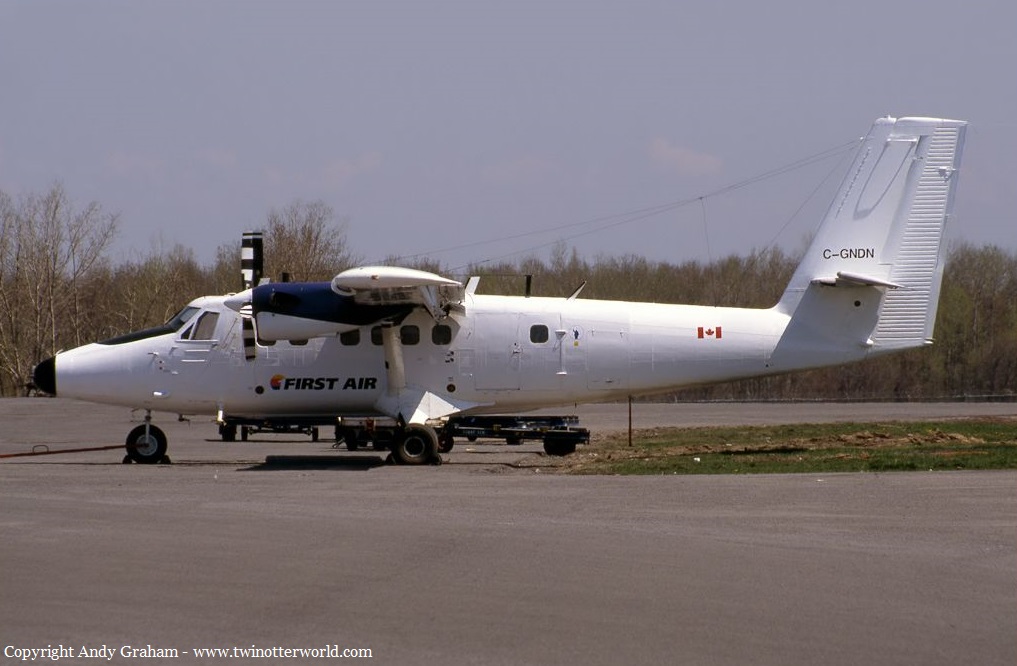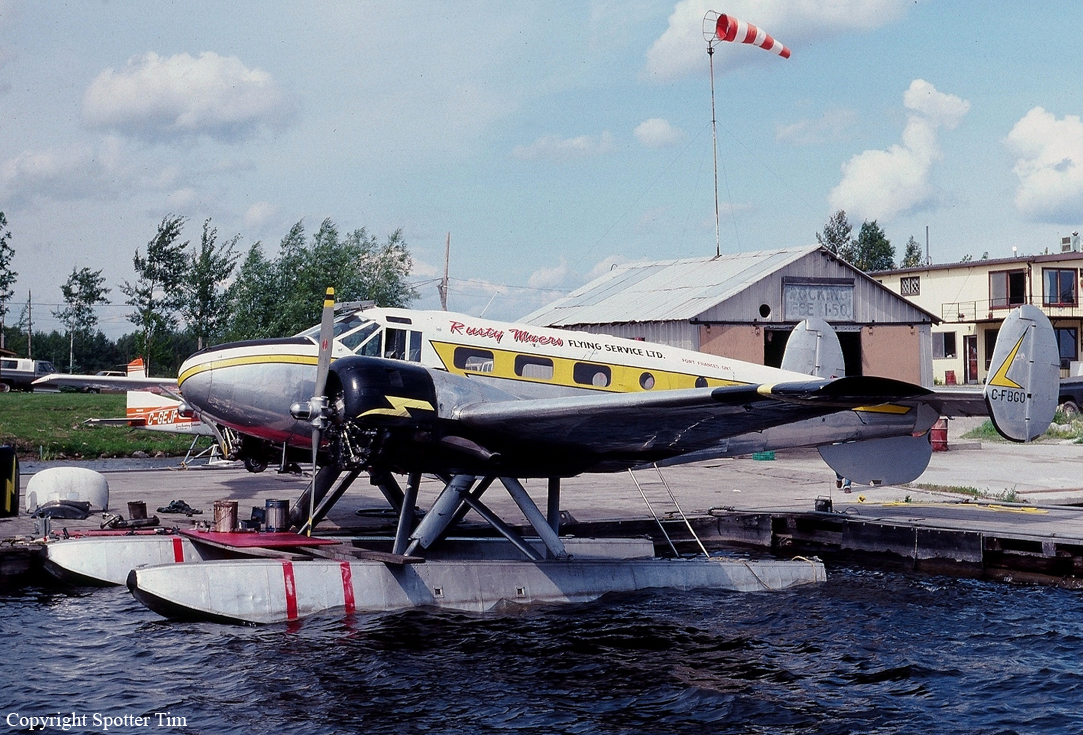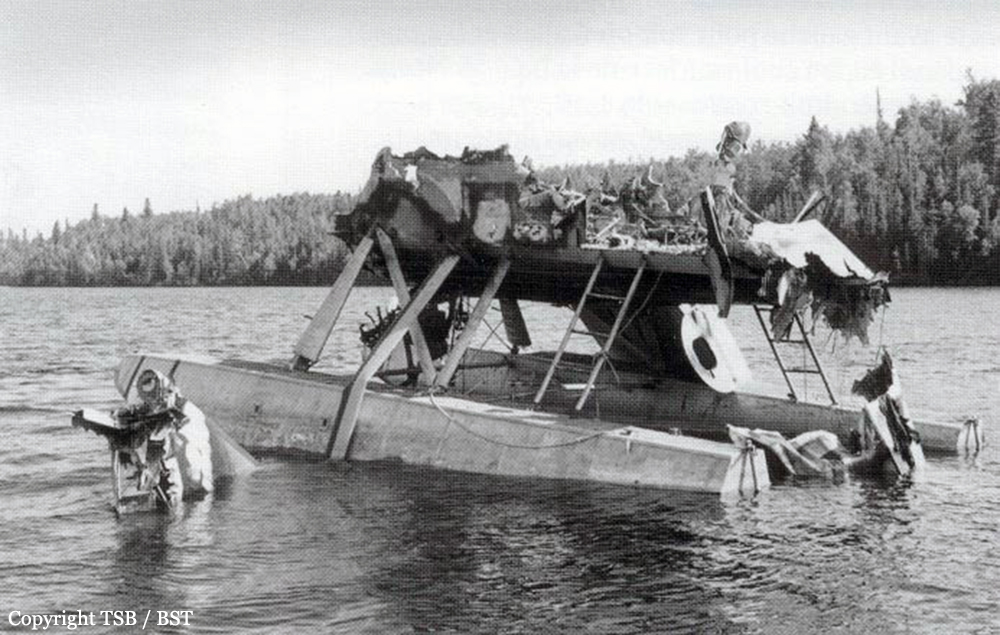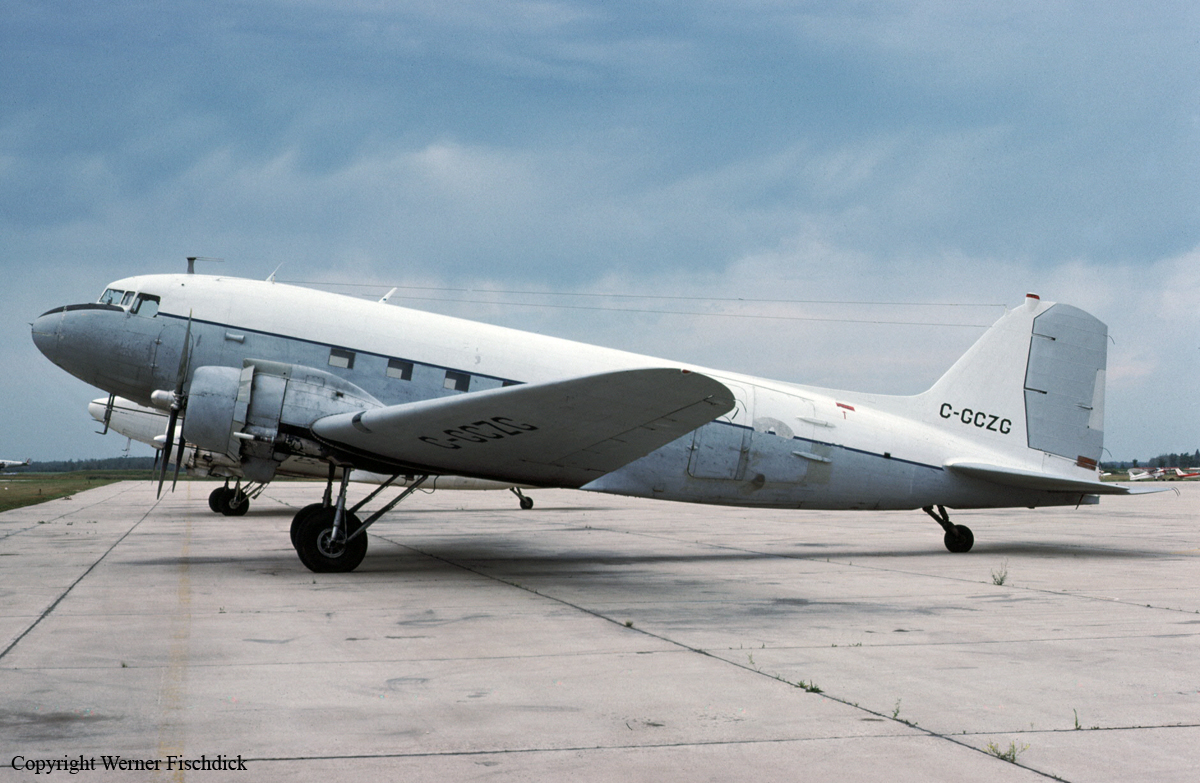Crash of a De Havilland DHC-2 Beaver near Cassiar: 1 killed
Date & Time:
Sep 22, 1996 at 2024 LT
Registration:
C-FIBP
Survivors:
No
Schedule:
Watson Lake - Desolation Lake
MSN:
787
YOM:
1955
Crew on board:
1
Crew fatalities:
Pax on board:
0
Pax fatalities:
Other fatalities:
Total fatalities:
1
Circumstances:
The pilot, sole on board, was completing a positioning flight from Watson Lake to Desolation Lake. While cruising at an altitude of 5,000 feet, the single engine aircraft struck trees and crashed in a wooded area located in hilly terrain, about 114 km southwest from Watson Lake. The wreckage was found a day later and the pilot was killed.
